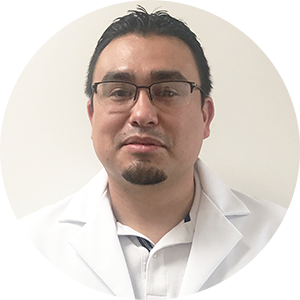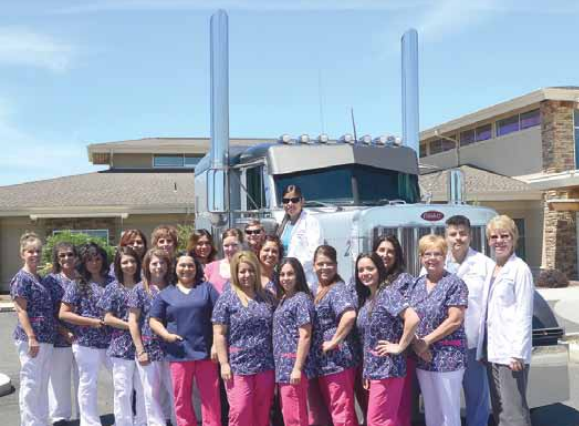NATIONALLY CERTIFIED!
CDL Examinations Now Available
In May 2014, the rules regarding who could pass a “commercial driver fitness to drive determination” were changed. Since that date, Federal Motor Carrier Safety Administration (FMCSA) recognizes examinations as valid only if they are carried out by a specially trained and certified practitioner.
 Ramon Perez Jr, PA-C
Ramon Perez Jr, PA-CWho needs CDL certification?
Anyone who operates a commercial vehicle over 10,001 pounds in the United States is required to hold a medical certificate to prove they are physically fit enough to meet the demands of their position. However, having a physical disability, such as a missing limb, is not necessarily a barrier to passing CDL certification.
Who can carry out the medical examination?
Any medical practitioner can apply to be a certified practitioner. However, they can only carry out these medical examinations once they have completed a set training curriculum and been added to the register. Certified Medical Examiners such as Ramon Perez Jr, PA-C will have completed a training program that has included:
- Coverage of general FMCSA information
- Understanding current medical regulations for commercial drivers
- Learning the reporting system
- Meeting the physical examination standards
- Understanding the potential problems associated with drivers not meeting the standards
- Improving knowledge of drug and alcohol abuse
What does the driver examination involve?
Drivers must complete a three-stage examination in order to gain CDL Certification. The first part involves questions regarding medical history. It is completed by the driver but is usually discussed with the medical practitioner, particularly if any issues are highlighted. This section also includes the need for drivers to state any medication, including over the counter medication that they are taking, and the doses being taken. This may require further discussion with the medical practitioner especially if any of the medicines include side effects that may affect driving.
The second section involve the practitioner testing the driver’s vision, hearing, blood pressure and pulse rate. The blood pressure reading is taken twice, especially if it is a very low or very high reading. Drivers are not necessarily stopped from driving due to high or low blood pressure, but they may need to be retested earlier than if it had been considered a normal reading. The second section also involves the driver providing a urine specimen to check aspects such as sugar levels, protein and blood.
The third section requires a physical examination of the driver. It includes the examination of:
- the driver’s general appearance
- ears, eyes, throat and mouth
- lungs and chest
- abdomen and viscera
- vascular system
- genito-urinary system
- limbs
- skeletal system, including spine
- neurological details
A well trained and registered examiner such as Ramon Perez Jr, PA-C will be able to undertake the examination in a respectful environment and advise the driver on the best way to maintain their health and CDL certification. Please Contact us for more information.


